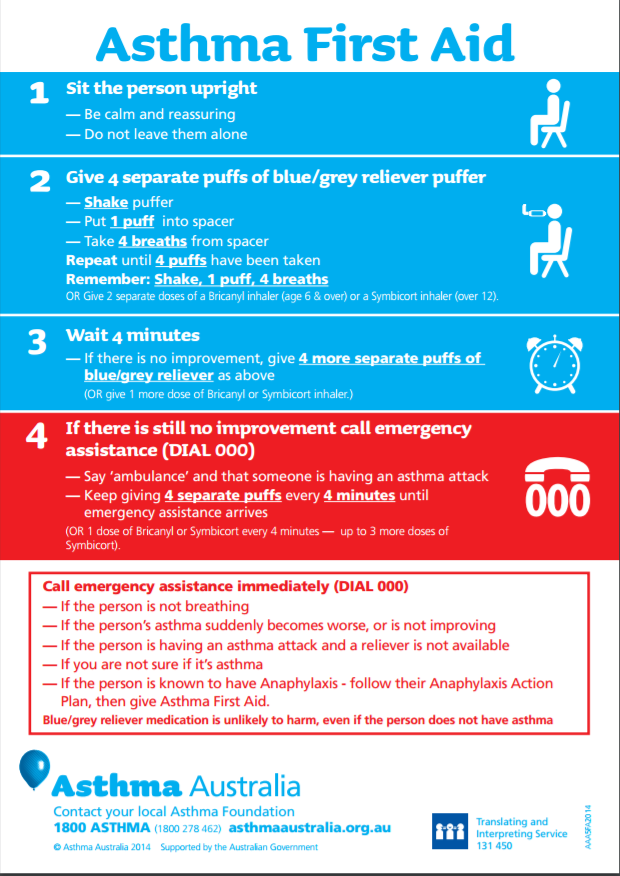Just recently, NSW and VIC have been issued warnings of upcoming thunderstorms that may trigger thunderstorm asthma among people who suffer from asthma and hay fever. Over the past month, 8 people in Melbourne have died from the phenomenon and many have been admitted to hospital.
What is thunderstorm asthma?
‘Thunderstorm asthma’ occurs when there are huge storms combined warm weather and a high pollen count; the storms will trigger a size change in the pollen particles floating about the area. Typically, grass pollen is too big to enter the airways of the lungs, but when they are broken down by moisture and wind, they can be inhaled. These particles then enter the lungs and can trigger allergic reactions.
“What we understand is the heavy rain causes the rye grass pollen to absorb moisture and they then burst and become much smaller,” said Robin Auld from Asthma Victoria. “And those smaller particles can be dispersed very easily by wind over quite a distance.”
Who does it affect?
It is said that those who suffer from hay fever, rather than asthma, are more likely to be impacted as 1 in 10 Australians suffer from asthma whilst 1 in 6 suffer from hay fever. While this phenomenon impacts those who already have these conditions, those who do not normally suffer from respiratory conditions can also be severely affected.
According to researchers who analysed the data of the thunderstorm asthma epidemic in Wagga Wagga 1997, a comparative study was conducted on those who had a thunderstorm asthma attack to a control group of people who experienced normal asthma attack on any other day. It seems that those with hay fever or pollen allergies are at a higher risk as they found 95% of those who suffered a thunderstorm asthma attack also had hay fever and 96% had grass pollen allergies.
How do you treat it?
The study also found that good control of asthma via preventer medication proved successful in protecting oneself from a thundestorm asthma attack. Can you prevent it completely? Yes and no. Keeping your inhaler on you which is designed to reduce inflammation in the lungs can be a huge help, particularly during the warmer seasons. If you’re not too keen on keeping your inhaler on you, well, maybe consider this finding from the Wagga Wagga epidemic. Of those with a history of asthma, only one in four (27%) of affected cases were maintaining regular preventer medication and using their inhaler compared with more than half (56%) of the control group.
If you haven’t previously had a diagnosis of asthma and are experiencing regular symptoms, book in to have a review with your doctor. You may benefit from preventer medication and having an action plan for emergencies.” said the National Asthma Council Chair Dr Jonathan Burdon AM.
Whether you suffer from asthma or not, Asthma Australia have First Aid charts that can help you save the life of a friend.

Other methods of preventing thunderstorm asthma include staying indoors, but that isn’t really effective if you have work or uni. Disposable dust masks may help – you can pick up a 10 pack from Bunnings for less than $3.
What do you do if you think you’re having an attack?
If you feel breathless, a tightening in your chest or like you’re wheezing, call 000 as soon as possible.
For more information on asthma, you can check out Asthma Australia.

